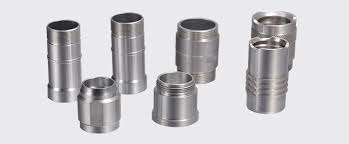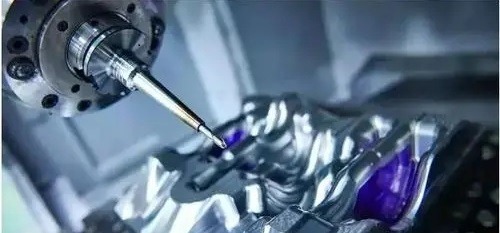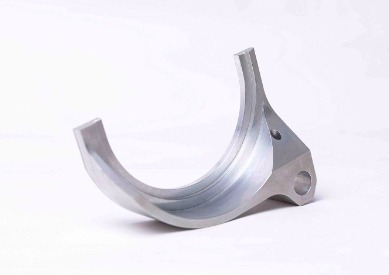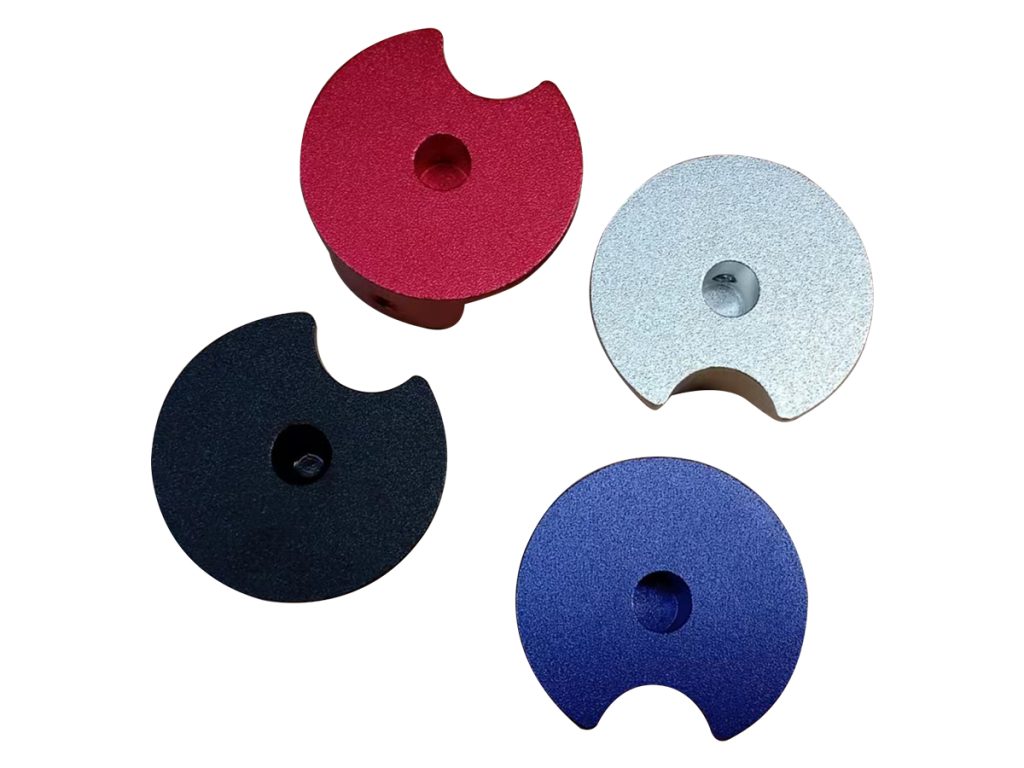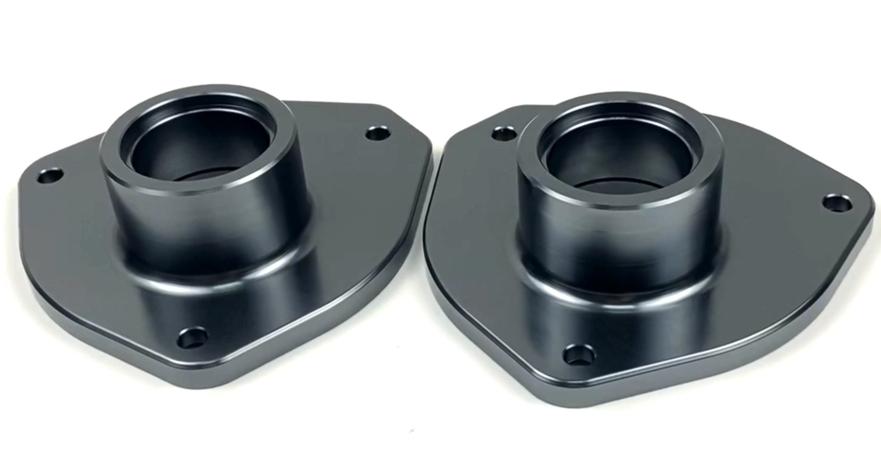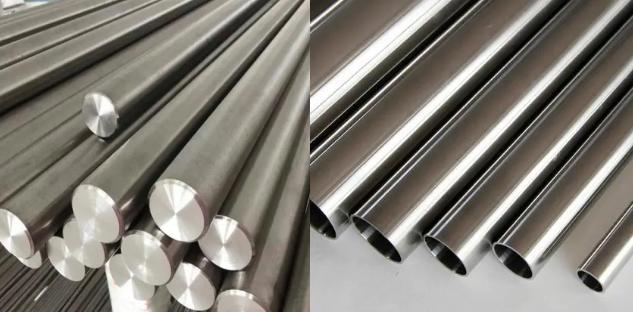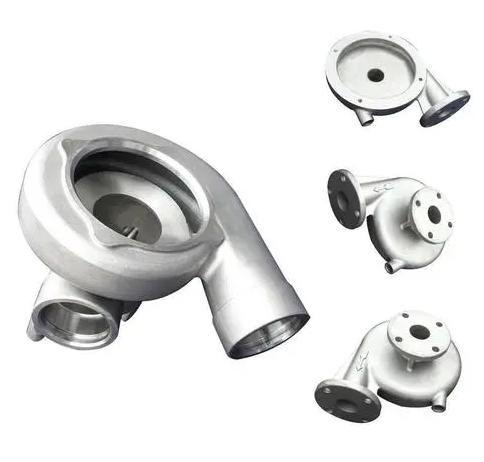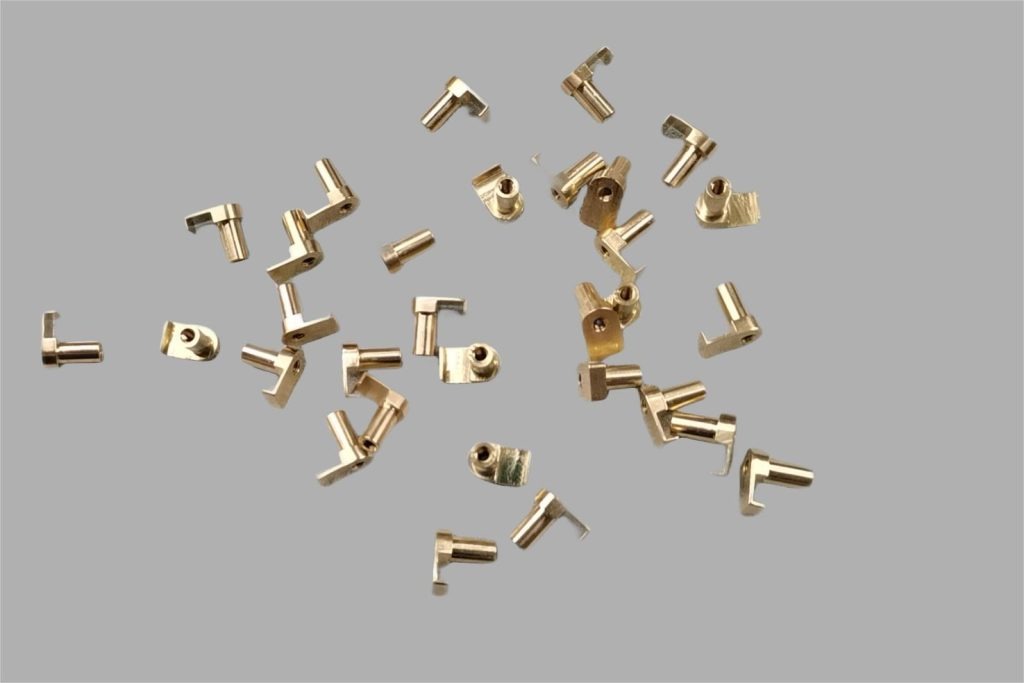Carbon fiber, with its remarkable strength-to-weight ratio, has revolutionized various industries. But this wonder material presents unique challenges when it comes to machining. JTR delves into the world of CNC machining for carbon fiber. We’ll explore whether CNC machines can handle this material, delve into the specific challenges encountered during the process, and equip you with solutions to overcome them. Finally, we’ll guide you through the decision-making process to determine if CNC machining is the most suitable option for your specific carbon fiber project.
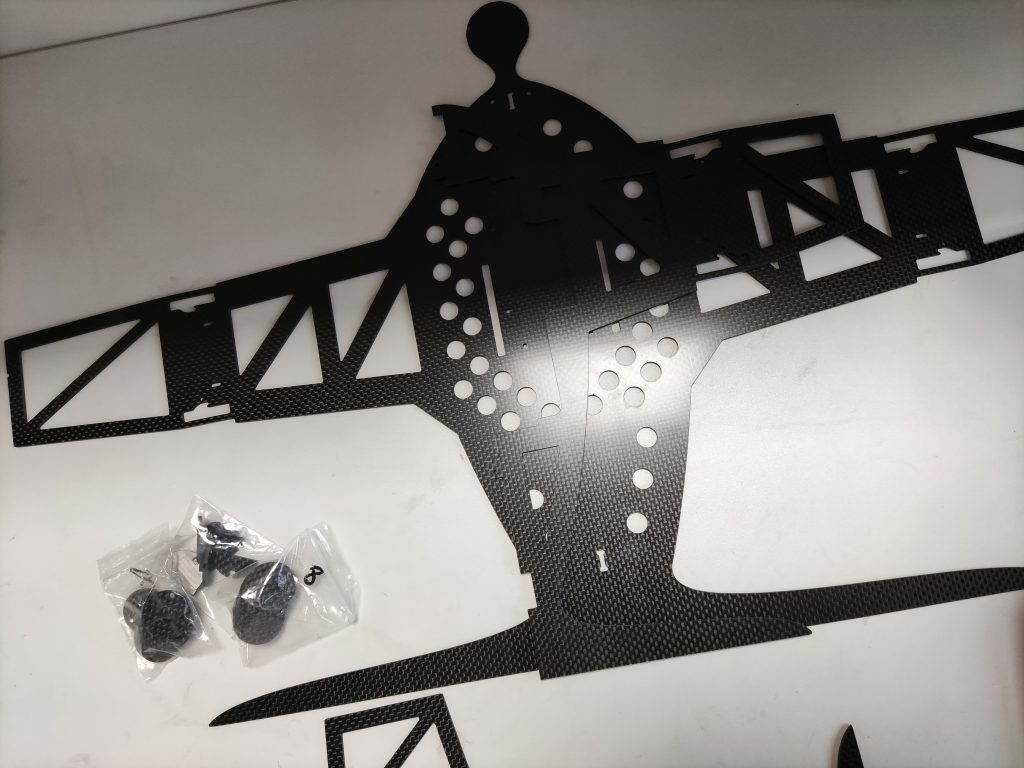
Can CNC Machines Handle Carbon Fiber?
Carbon fiber, with its incredible strength-to-weight ratio, is a popular material in many industries, including aerospace, automotive, and sporting goods. However, machining this wonder material presents some unique challenges. While CNC machines can handle carbon fiber, there are some differences when machining it versus machining metals or traditional plastics. The considerations for successful machining are as follows:
Consideration 1: Tool Selection
Diamond Reigns Supreme. When it comes to machining carbon fiber, diamond-coated or PCD (polycrystalline diamond) tools are your champions. Their secret weapon is the diamond coating, which boasts superior wear resistance. This is a perfect match for the abrasive nature of carbon fiber. The result? Longer tool life, minimizing downtime, and keeping your overall tooling costs down.
Consideration 2: Cutting Parameters
Slow and Steady Wins the Race. While the urge to crank up the speed might be strong, slower cutting speeds and feed rates are crucial for successful carbon fiber CNC machining. This approach combats three main enemies: tool wear, dust generation, and delamination. Finding the optimal settings might require some experimentation depending on your specific material and application. Remember, slower is key to a smooth and successful machining process.
Consideration 3: Workholding
Stability is King. Proper work holding techniques are essential to prevent vibrations and ensure the stability of the carbon fiber part during machining. Even the slightest movements can cause issues. Consider using backing plates, especially for thin carbon fiber sheets. These act as a safety net, providing additional support and helping to prevent delamination. This ensures the integrity of your final product.
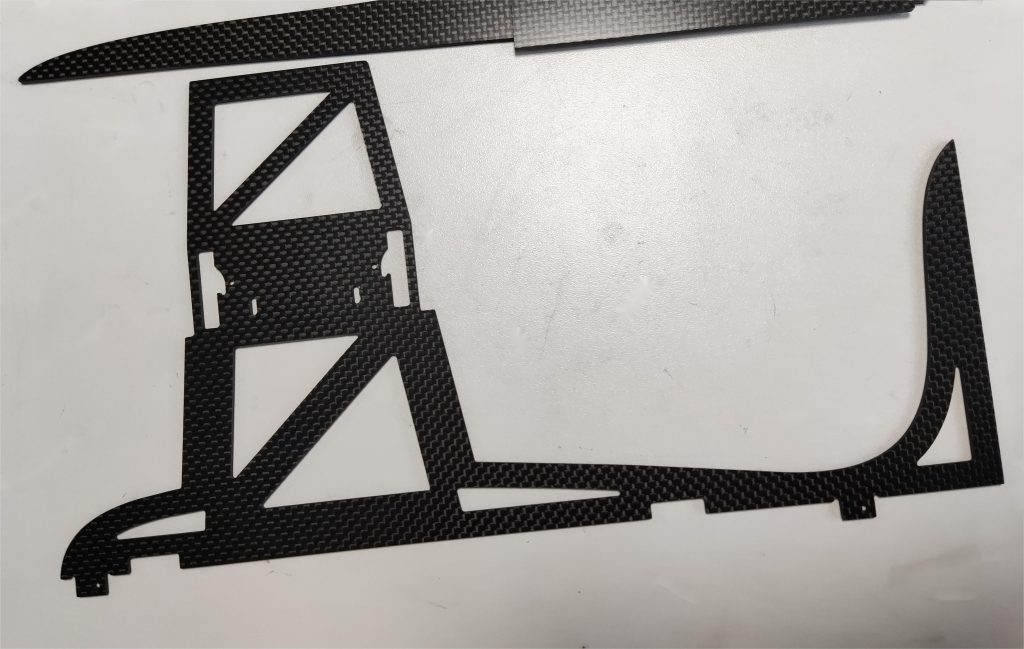
What Are the Challenges of Machining Carbon Fiber With CNC and How to Figure Out Them?
| Challenge | Description | Solution |
| Dust Generation | Carbon fiber machining produces a large number of fine, airborne dust particles. These particles can be harmful if inhaled, and they can also cause fires. | Implement proper ventilation: Install a HEPA filtration system to collect and remove dust particles from the air. Use dust collection shrouds: To reduce dust dispersion, cover the cutting area with shrouds that are connected to a dust collection system. Employ personal protective equipment (PPE): To prevent dust inhalation, provide workers with appropriate respiratory protection, such as N95 masks. |
| Tool Wear | Carbon fiber is extremely abrasive, resulting in rapid wear on cutting tools. This leads to higher tooling costs and more frequent tool changes. | Utilize diamond-coated or PCD tools: These tools have excellent wear resistance against the abrasive properties of carbon fiber. Optimize cutting parameters: Choose slower cutting speeds and feed rates to reduce tool wear. Implement tool monitoring systems: To reduce downtime, monitor tool wear and replace tools before they wear out. |
| Delamination | Improper machining techniques can result in delamination, or the separation of carbon fiber layers, which weakens the final part. | Employ sharp cutting tools: Dull tools can tear and pull on the carbon fiber layers, resulting in delamination. Maintain proper cutting parameters: Prevent excessive heat generation and mechanical stress while machining. Utilize backing plates: Backing plates, particularly for thin carbon fiber sheets, can provide additional support and prevent delamination. |
You can achieve successful and safe machining of carbon fibre components using CNC machines by addressing these challenges and providing appropriate solutions. Remember that careful tool selection, optimized cutting parameters, and proper workholding techniques are essential for high-quality results and long tool life.
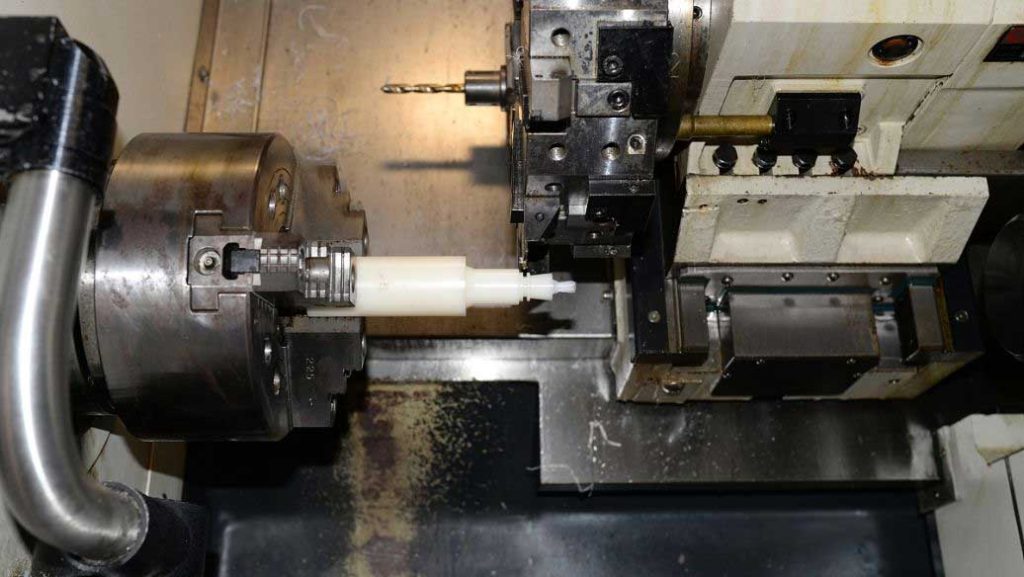
Is CNC Machining the Best Option for My Carbon Fiber Project?
CNC machining is an effective tool for producing carbon fiber parts, but it is not a one-size-fits-all solution. Here’s a breakdown of factors to consider when determining whether CNC machining is the best option for your project:
Factor 1: Favoring CNC Machining
- Part Complexity: CNC machining is particularly effective at creating complex geometries and intricate details in carbon fiber components. If your project requires intricate shapes or features, CNC is a viable option.
- Production Volume: CNC provides a good balance of efficiency and cost for projects with a moderate number of parts (think low-to-medium volume).
- Dimensional Accuracy: CNC machining provides exceptional precision, making it ideal for projects that require tight tolerances and exact dimensions.
- Repeatability: CNC programs provide consistent and repeatable results, which is critical for high-volume production runs where each part must be identical.
Factor 2: Consider Against CNC Machining
- Project Volume: For very large production runs, other methods such as compression molding or filament winding may be more cost-effective.
- Material Thickness: CNC machining is suitable for a wide range of carbon fiber thicknesses, but there are some limitations. Alternative processes for extremely thick carbon fiber parts may be more efficient.
- Project Budget: CNC machining can be a large investment, particularly for complex projects. Carefully consider your budget and compare it to the potential costs of alternative methods.
Additional Considerations
- Part Strength: Toolpath design and cutting parameters can have an impact on the final strength of a machined carbon fiber part. Consult an experienced CNC machinist to ensure that the finished product meets your strength specifications.
- Surface Finish: Depending on your requirements, additional post-processing steps may be necessary to achieve the desired surface finish on your carbon fiber parts.
Making the Decision
By carefully considering these factors, as well as your specific project requirements, you can determine whether CNC machining is the best option for your carbon fiber project. It is highly recommended that you consult with a qualified CNC machinist who has experience working with composite materials. They can provide valuable information about the feasibility, cost estimation, and potential challenges of your project. If you are looking forward to a cnc machining parts manufacturer, JTR is a good choice. We can give you professional cnc machining in China and provide you with CNC-customized products following your demands such as CNC machining carbon fibre plates and so on.
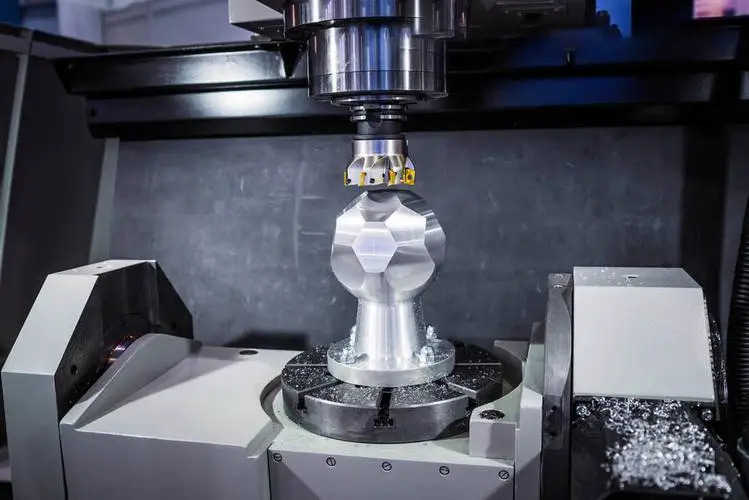
Conclusion
CNC machining can be an effective tool for producing high-precision, complex carbon fiber components. However, it is critical to understand the challenges, such as dust generation, tool wear, and delamination. You can successfully overcome these challenges by using proper dust collection, diamond-coated cutting tools, and optimized cutting parameters and workholding techniques. Finally, the decision to use CNC machining for your carbon fiber project is based on factors such as part complexity, production volume, and budget. Consider these factors and consult with a qualified CNC machinist to ensure you choose the most effective and cost-efficient method for your specific requirements. With the right knowledge and approach, CNC machining can help you realize the full potential of carbon fiber in your next project.


